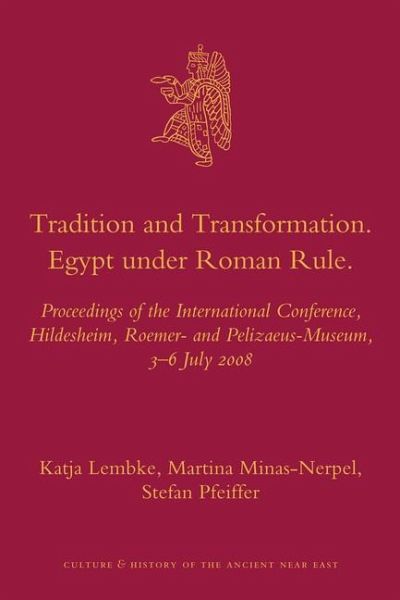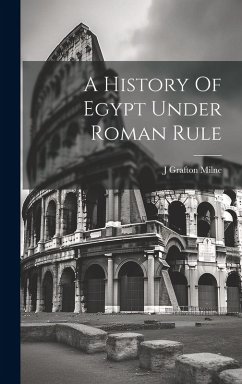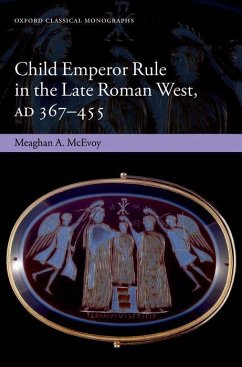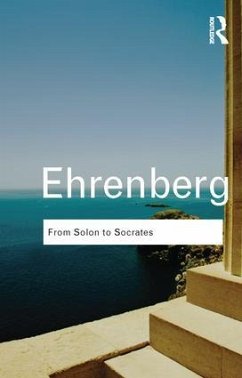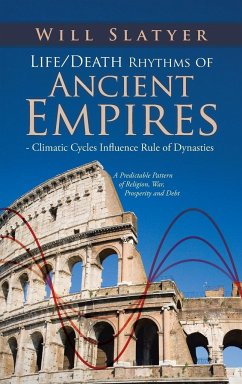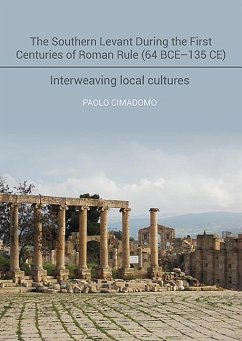Katja Lembke, Dr. phil. (1992) in Classical Archaeology, Egyptology, and Latin Philology, is Director of the Roemer- und Pelizaeus-Museum Hildesheim, Germany. Her publications focus on the influences of the Egyptian culture outside Egypt (Phönizische anthropoide Sarkophage, DaF 10 , 2001) and on Graeco-Roman Egypt (Ägyptens späte Blüte, 2004). Since 2004 she has been the field director of a survey in the Petosiris-Necropolis at Tuna el-Gebel (Middle Egypt). Martina Minas-Nerpel, Dr. phil. (1998) and Habilitation (2004) in Egyptology, is Senior Lecturer in Egyptology at Swansea University, UK. She has published extensively on historical, religious, and linguistic aspects of dynastic and Graeco-Roman Egypt, including Die hieroglyphischen Ahnenreihen der Ptolemäischen Könige. Ein Vergleich mit den Titeln der eponymen Priester in den demotischen und griechischen Papyri (Philipp von Zabern, 2000). Stefan Pfeiffer, Dr. phil. (2004) and Habilitation (2007) in Ancient History, is Akademischer Rat in Ancient History at the Westfälische Wihelmsuniversität Münster, Germany. He has published widely on ancient Juadism as well as on the history and religion of Graeco-Roman Egypt including Das Dekret von Kanopos (238 v. Chr.). Kommentar und historische Auswertung (APF Beiheft 18, 2003).
